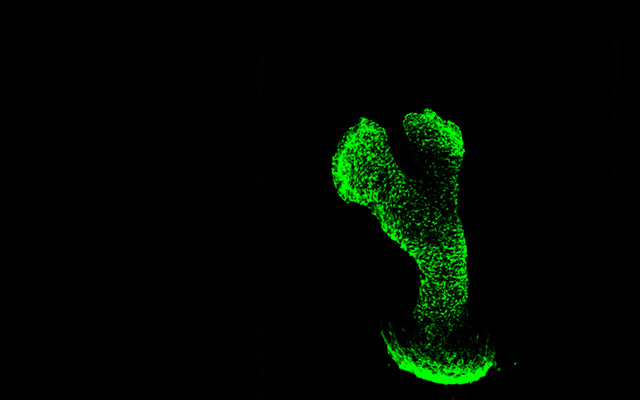Advances in Dynamic Regulation of GPER Subcellular Localization and Biological Functions: from Molecular Mechanisms to Therapeutic Targets
HUANG Xianming1, ZHOU Yutao2, LIU Jing3, CHEN Huijuan4, LIU Liyan5, YU Tenghua6, XIONG Meixue7*
The GPER (G protein-coupled estrogen receptor) has garnered significant attention in biomedical research as a novel estrogen receptor in recent years. Its unique intracellular localization not only enables it to play a vital role in cellular signaling but also demonstrates a diverse range of biological functions. Despite the increasing focus on GPER, there remain many uncertainties regarding its specific localization within various organelles and the subsequent impact on its biological functions. This review discusses the research progress of GPER localization in the cell membrane, endoplasmic reticulum membrane, and potential mitochondrial localization. It explores the mechanisms by which GPER is involved in tumorigenesis and metastasis, metabolic regulation, cardiovascular protection, and neurological functions. Additionally, it analyzes how GPER’s intracellular localization influences its biological activities and proposes future research directions regarding the regulatory mechanisms of localization and its clinical application potential, aiming to provide new targets for clinical therapy.




 CN
CN EN
EN